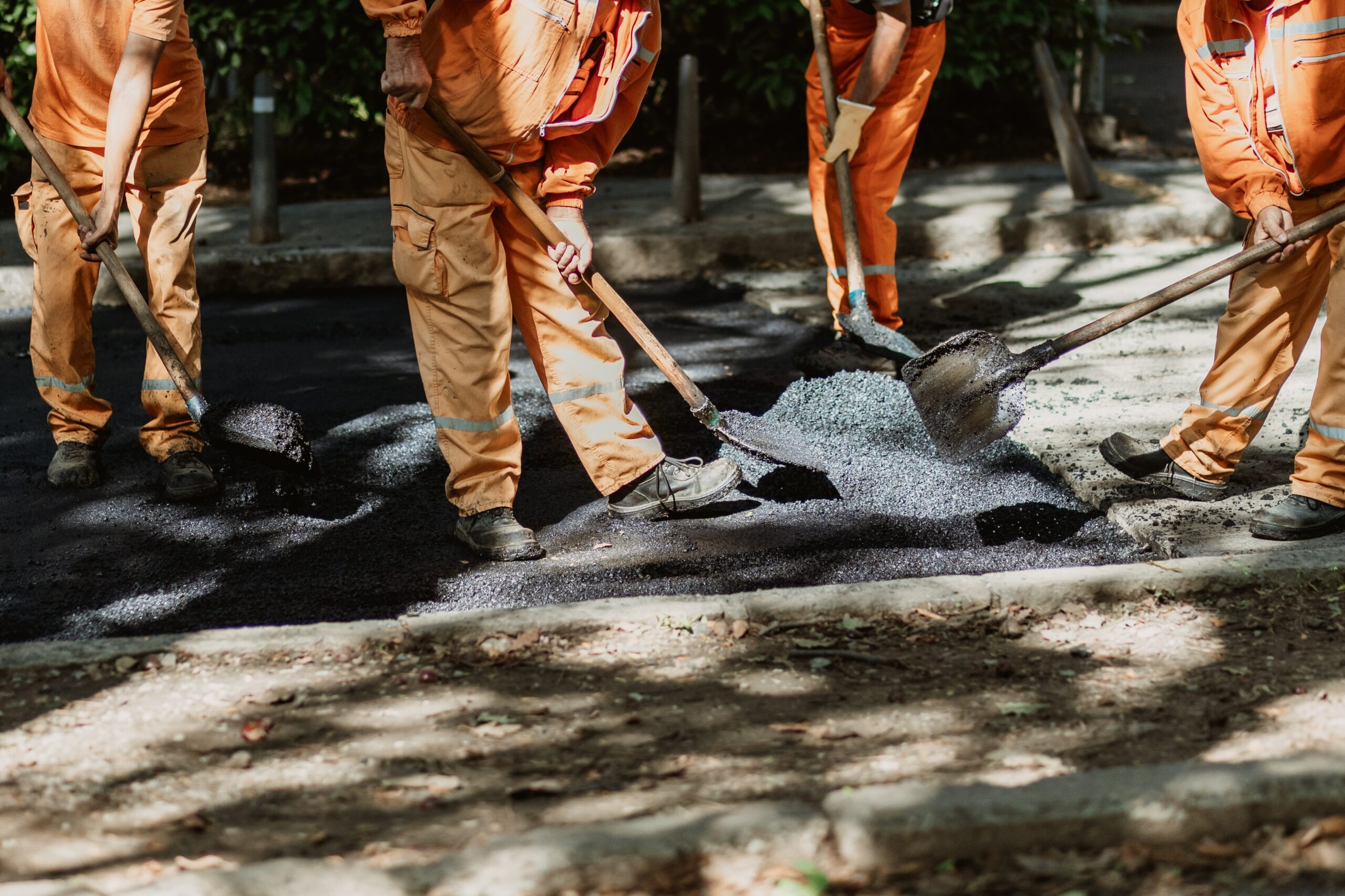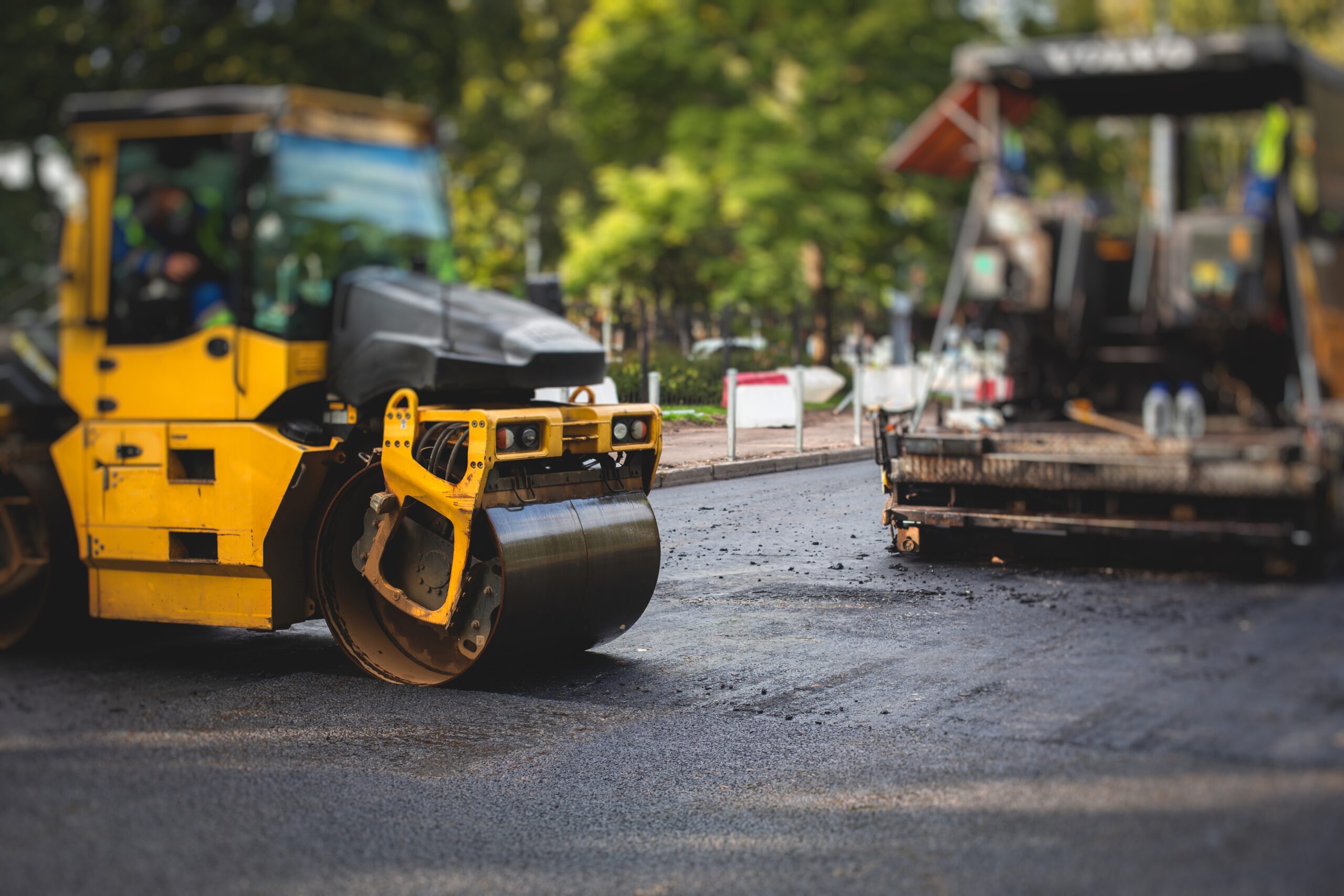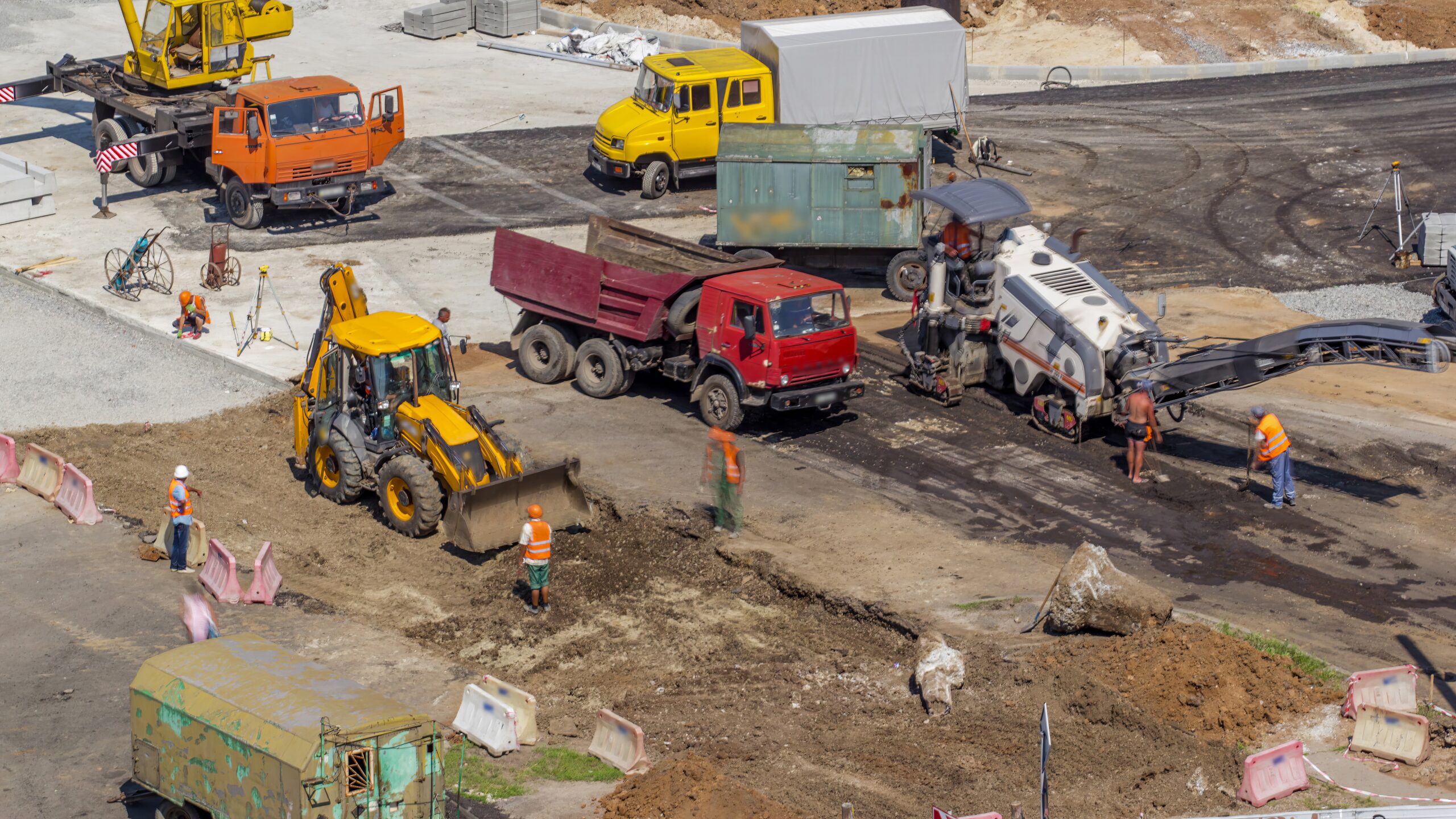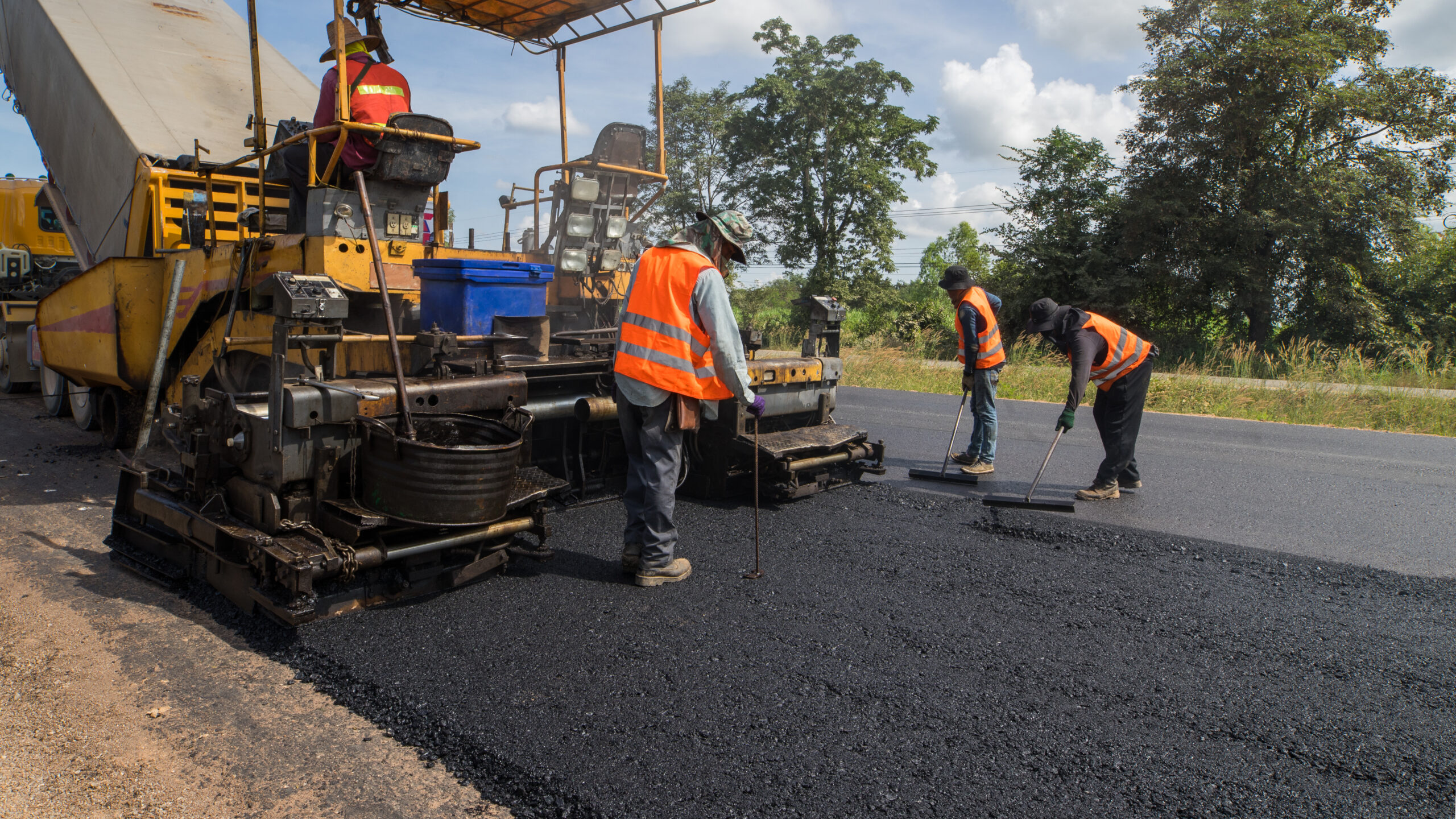
When it comes to asphalt pavement maintenance, property owners often face the dilemma of choosing between asphalt milling and full repaving. While asphalt milling in Boulder is a cost-effective method that removes the top layer of damaged pavement, full asphalt repaving services in Fort Collins involve complete replacement, offering a more long-term solution.
But which one is the better choice in terms of cost and longevity? The answer depends on the condition of the pavement, the budget, and long-term goals.
This article provides an in-depth cost comparison of asphalt milling vs. full repaving, helping you make an informed decision based on research and industry standards.
Understanding Asphalt Milling
Asphalt milling, also known as cold planing, is a pavement rehabilitation process that removes the upper layer of deteriorated asphalt while preserving the underlying structure. This technique is commonly used to restore surface integrity, correct elevation inconsistencies, and prepare for resurfacing.
Milling machines, equipped with rotating drums fitted with carbide-tipped cutting teeth, grind away asphalt layers with precision. The removed material, known as reclaimed asphalt pavement (RAP), is collected and often recycled into new asphalt mixtures, making milling an eco-friendly and cost-efficient solution (Federal Highway Administration, 2022).
Applications and Benefits
Asphalt milling offers multiple advantages across various pavement maintenance and rehabilitation scenarios:
- Restoration of Surface Integrity: Milling eliminates surface defects such as rutting, raveling, and cracking, enhancing ride quality and safety.
- Optimized Bonding for Overlays: The milled surface creates an optimal texture for the proper adhesion of a new asphalt overlay, ensuring a long-lasting repair.
- Preservation of Existing Structures: Unlike full-depth reconstruction, milling maintains existing curb lines, drainage slopes, and utility structures, reducing the need for extensive reconfiguration.
- Cost-Efficient Pavement Rehabilitation: Milling reduces material waste and lowers costs by recycling RAP into new asphalt mixtures, cutting down on raw material expenses.
- Minimized Traffic Disruptions: Compared to full reconstruction, milling is a faster process, allowing for quicker reopening of roadways, parking lots, and commercial areas with minimal downtime.
Understanding Full Repaving

Full repaving, also known as full-depth reconstruction, involves the complete removal and replacement of an asphalt pavement structure. This process may include excavation, subgrade stabilization, regrading, and the installation of multiple asphalt layers to restore structural integrity and longevity. In cases where the sub-base is compromised, additional reinforcement or replacement is necessary to ensure long-term pavement performance (National Asphalt Pavement Association, 2023).
When Full Repaving is Necessary
While asphalt milling extends pavement life by addressing surface-level deterioration, full repaving is required under the following conditions:
- Severe Structural Distress: When pavement exhibits extensive fatigue cracking, deep potholes that penetrate the base course, or widespread rutting, full-depth replacement is often the only viable solution to restore load-bearing capacity.
- End-of-Life Pavement Failure: Asphalt pavement naturally degrades due to oxidation, thermal expansion, and repeated traffic loading. If the asphalt has reached the end of its serviceable life and exhibits full-depth deterioration, repaving ensures long-term structural performance.
- Subgrade Failure and Drainage Issues: A compromised subgrade—caused by poor soil compaction, moisture infiltration, or inadequate drainage—can result in pavement heaving, settling, and failure. Full-depth reconstruction allows for necessary subgrade remediation before installing a new asphalt surface.
- Increased Load Requirements: If the pavement is subject to increased traffic loads—such as transitioning from light-duty to heavy-duty vehicle use—full repaving is necessary to accommodate higher weight tolerances and prevent premature failure.
Importance of Cost-Effective Solutions
Cost-effective pavement solutions are critical for property owners and municipalities. Cost-effective ways to fix asphalt damage and asphalt repair services represent substantial investments, making it essential to evaluate the financial and structural benefits of each approach.
Selecting the optimal method not only affects immediate expenditures but also determines long-term performance, lifecycle costs, and return on investment.
Cost Factors in Asphalt Milling
- Equipment and Labor Costs: The cost of asphalt milling depends on multiple factors, including project scale, milling depth, and operational complexity. Primary cost drivers include the rental or ownership expenses of milling machines, fuel consumption, and labor costs for milling crews, machine operators, and trucking personnel. Additional costs such as mobilization, demobilization, and traffic control measures may also impact overall project expenses.
- Material Recycling and Cost Savings: One of the major financial advantages of asphalt milling is the ability to reclaim and repurpose removed asphalt pavement. Reclaimed Asphalt Pavement (RAP) can be processed and reused in new asphalt mixes, reducing the demand for virgin aggregates and asphalt binder. This lowers material costs for overlays and can generate additional revenue if excess RAP is sold to asphalt plants for further recycling.
Cost Factors in Full Repaving
- Demolition and Removal Expenses: Full-depth pavement reconstruction requires complete removal of the existing asphalt structure, involving significant costs for demolition, excavation, and debris hauling. The disposal of removed asphalt at recycling facilities or landfills adds to overall expenses, with landfill tipping fees and transportation costs being key considerations.
- New Material and Installation Costs: The largest cost component in full repaving is the procurement and installation of new asphalt materials. Expenses include high-quality asphalt mix production (comprising virgin aggregates, asphalt binder, and performance-enhancing additives), transportation to the site, and labor costs for grading, base preparation, asphalt placement, and compaction. Additional costs may arise from subgrade stabilization or structural reinforcement, depending on project requirements.
Comparative Analysis: Asphalt Milling vs. Full Repaving
The decision between asphalt milling and full repaving often hinges on a detailed cost comparison. Here’s a table summarizing the key cost considerations:
| Feature | Asphalt Milling & Overlay | Full Repaving |
| Initial Investment | Generally lower | Generally higher |
| Demolition/Removal | Partial removal, recycling potential | Complete removal and disposal costs |
| New Materials | Lower volume of new asphalt needed | Higher volume of new asphalt needed |
| Labor Costs | Potentially lower due to faster process | Potentially higher due to more extensive work |
| Material Recycling | Significant cost savings and potential revenue | Limited recycling of removed material on-site |
| Long-Term Costs | Dependent on underlying base condition | Potentially lower maintenance if base is sound |
Initial Investment Comparison
As indicated in the table, asphalt milling followed by an overlay typically requires a lower initial investment compared to full repaving for projects of similar size. This is primarily because milling avoids the complete removal and disposal of the existing asphalt and utilizes recycled materials, reducing the need for large quantities of new asphalt. Dixon
Long-Term Cost Implications
While the initial cost of milling and overlay is often lower, the long-term cost implications depend heavily on the condition of the existing pavement’s base. If the base is structurally sound, a milled and overlaid surface can be a cost-effective long-term solution.
However, if the base is weak or damaged, full repaving, which allows for base repairs, might be a more economical choice in the long run by preventing premature failure and reducing the need for frequent repairs.
Frequently Asked Questions
How much does asphalt milling cost compared to full repaving?
Asphalt milling costs approximately $10 to $20 per ton, whereas new asphalt for full repaving ranges from $100 to $200 per ton. This makes milling a significantly more economical choice, often costing about 10% of a full repaving project.
What factors influence the cost difference between milling and repaving?
Project size, asphalt depth, and complexity play key roles in cost variations. Milling removes only the top 1-2 inches, while full repaving requires complete excavation and replacement, increasing material and labor expenses.
Is milling always cheaper than full repaving?
Milling is typically more affordable, but the choice depends on pavement condition. Severely deteriorated surfaces may require full-depth reconstruction, which, despite a higher upfront cost, can be more economical in the long term.
How does the project timeline affect costs for milling vs. repaving?
Milling and overlay projects are completed faster than full-depth reconstruction, minimizing labor costs and reducing downtime, a crucial factor for businesses and high-traffic areas.
Are there any hidden costs associated with milling or repaving?
Full repaving may incur additional costs for subgrade repairs, drainage improvements, or utility adjustments. Milling, while cost-effective, may require more frequent maintenance over time.
Making the Right Choice for Your Property
Ultimately, deciding between asphalt milling and full repaving requires a careful evaluation of your existing pavement’s condition, a clear understanding of your budgetary constraints, and a consideration of the long-term implications.
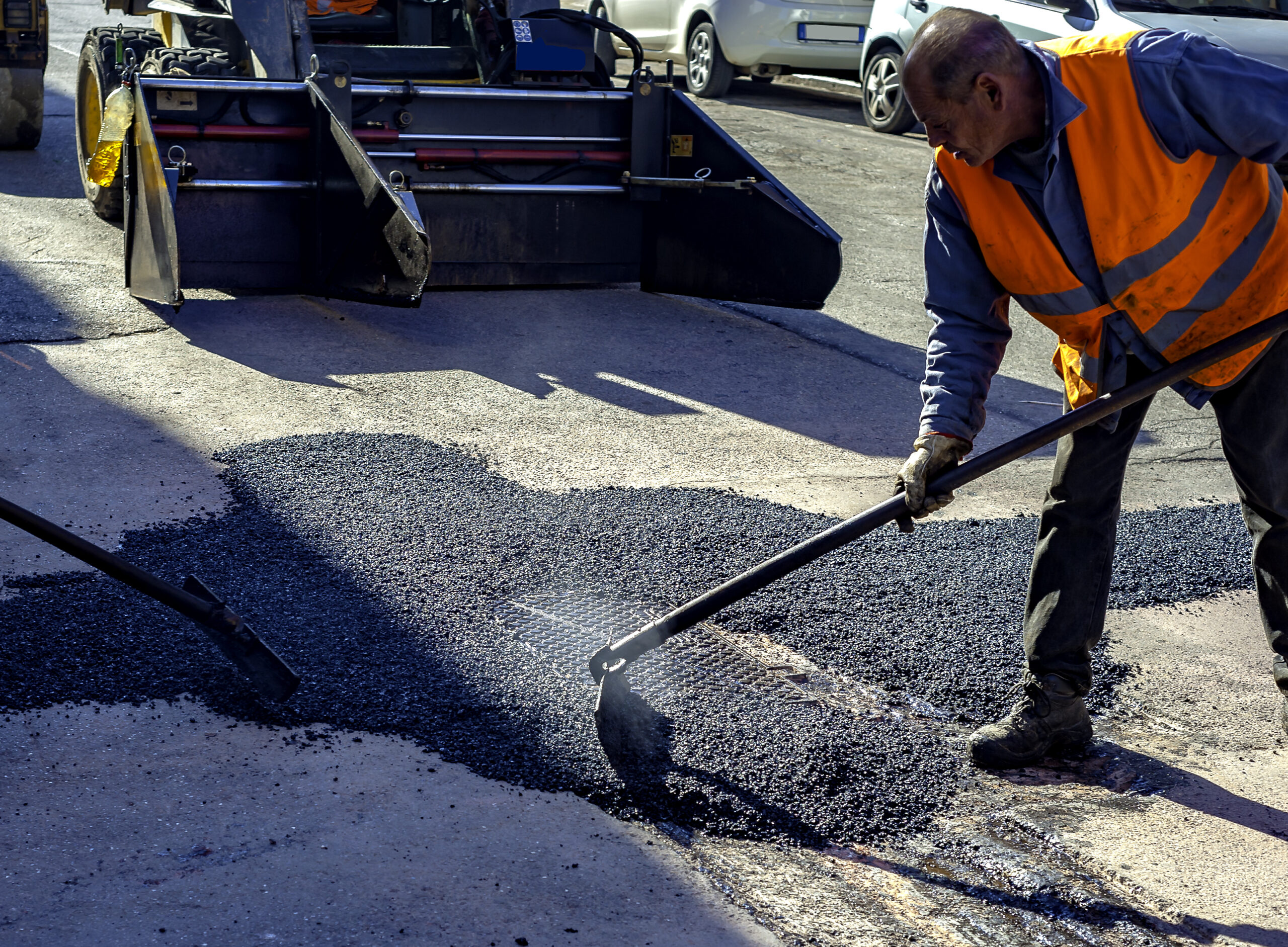
By thoroughly assessing the extent of surface damage and underlying structural integrity, you can better determine which method will provide the most cost-effective and durable solution.
Remember to balance the initial investment with the expected lifespan and potential future maintenance costs.
Asphalt Coatings Company is ready to provide expert guidance tailored to your specific needs and budget, offering a range of asphalt maintenance and repair solutions. Visit Asphalt Coatings Company for a comprehensive evaluation and to discuss the best course of action for your asphalt surfaces.

